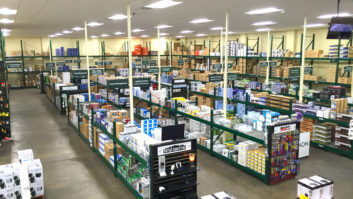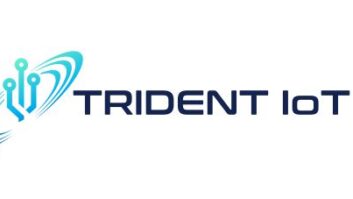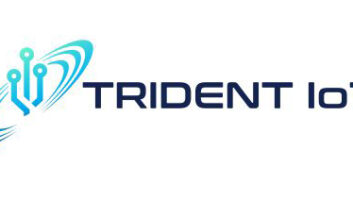The concept of home systems “working together” is a fundamental expectation of the Internet of Things. Consumers assume that connected devices in their smart homes will work together easily and automatically, regardless of the manufacturer, and without needing to have specialized technology skills to make them work. Consumers also expect to use the same method to access and control all of their smart home devices, rather than having to juggle separate user interfaces for each of their connected devices.

Image: Thinkstock
Projecting the IoT market even further into the future, consumers’ current focus on control of their connected products will give way to the real potential of the IoT: connected products that just work together and respond automatically, with little or no input from consumers.
The smart home and other IoT products that home technology professionals favor will be those that live up to the promise and expectation of interoperability, whether under user control or operating autonomously. In this emerging market, custom integrators will need to evaluate connected products in part on how well their manufacturers embrace and incorporate interoperability.
Here are some things that home tech pros should consider when thinking about smart home interoperability.
Interoperability in the IoT has Multiple Levels
Smart home interoperability can be between different connected products, including those from different manufacturers; between connected products and cloud-based software services; and between different IoT clouds.
Device-to-device interoperability can be:
•Closed, typically provided by a gateway allowing multiple products subscribing to or supported by the gateway to be controlled through a single mobile app;
•Fixed, through offerings such as Apple HomeKit that enable IoT products from different manufacturers to communicate with one another using a set number of predefined features;
•Flexible, where manufacturers can choose to support interoperability features from a range of manufacturers and communications technologies, via approaches such as Amazon Alexa and its Echo voice-controlled technology.
Device-to-service interoperability encompasses IoT products’ potential to use cloud-based services from various third-party providers. An example would be consumers’ subscription to weather reporting or energy demand management services.
At the cloud-to-cloud interoperability level, IoT clouds serving particular product manufacturers or retailers work together. Currently, those individual IoT clouds are more likely to be closed systems, for competitive reasons. In the future, however, it’s expected that consumers will demand connected products that all work together, no matter what.
Standards are More Complicated in a Fragmented Home
The IoT is not nearly as neatly definable as home entertainment or stereo systems, or even residential heating and cooling systems. Smart home products can be as different as door locks, lighting, thermostats, water heaters, coffee makers, refrigerators, toasters, washer/dryers, and baby monitors. Defining standards for such a diversity of product types and functionality is daunting, to say the least.
In addition, because most smart home products already have a well-defined function that predates the concept of IoT connectivity, they have limited computing and communications capacities, which can severely restrict what kinds of networking protocols or other interoperability standards they can support.
The Most Important Interoperability Consideration is Around IoT Data
It’s often said that the real value of the IoT lies in the data generated and shared by connected products. Manufacturers can glean vital insights into their products’ real-world use and performance. Then, they can turn these insights into a feedback loop to improve the quality of future products as well as establish new revenue streams through add-on services.
Smart home products can respond to data generated by other connected products or delivered via services—as long as everything interoperates at the data level.
To make things more interesting, considering that consumers’ personally identifiable information can be included in IoT data, the flow of data between connected products, services, and clouds must be balanced with prudent access control and other security measures.
The Technology Architecture of Smart Home Products Makes a Difference
The technologies that enable interoperability in the IoT are complex and diverse. Manufacturers of connected products have two primary choices: build all the necessary expertise in-house, or use an established IoT platform architecture.
Home tech pros working with connected products built using a comprehensive IoT platform can begin with certain IoT interoperability expectations, including:
•Support for multiple standards and protocols at the IoT cloud level, rather than having to establish interoperability at the level of connected products themselves;
•The ability to make those standards available through application programming interfaces to any connected products that use the platform technology;
•Mediation of interoperability between connected products and third-party services, and between different IoT clouds;
•Use of a flexible data schema, which allows manufacturers to add new properties to their connected products that enable communications with a broad range of connected devices, cloud-based services, and IoT clouds.
IoT platforms are not the only answer to interoperability challenges, but they can make life easier for custom integrators tasked with achieving interoperability in their smart home projects. IoT platforms can act as matchmakers between various manufacturers within the smart home, helping establish interoperability without the risks and technical hurdles associated with negotiating challenges one product at a time.
Justin Ruiz is product marketing manager at Ayla Networks in Santa Clara, CA.







